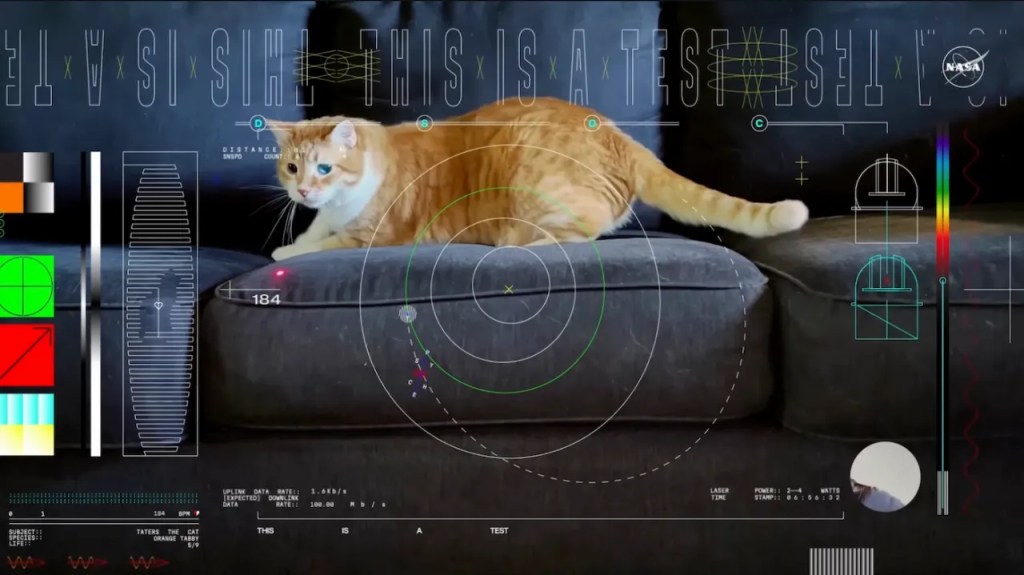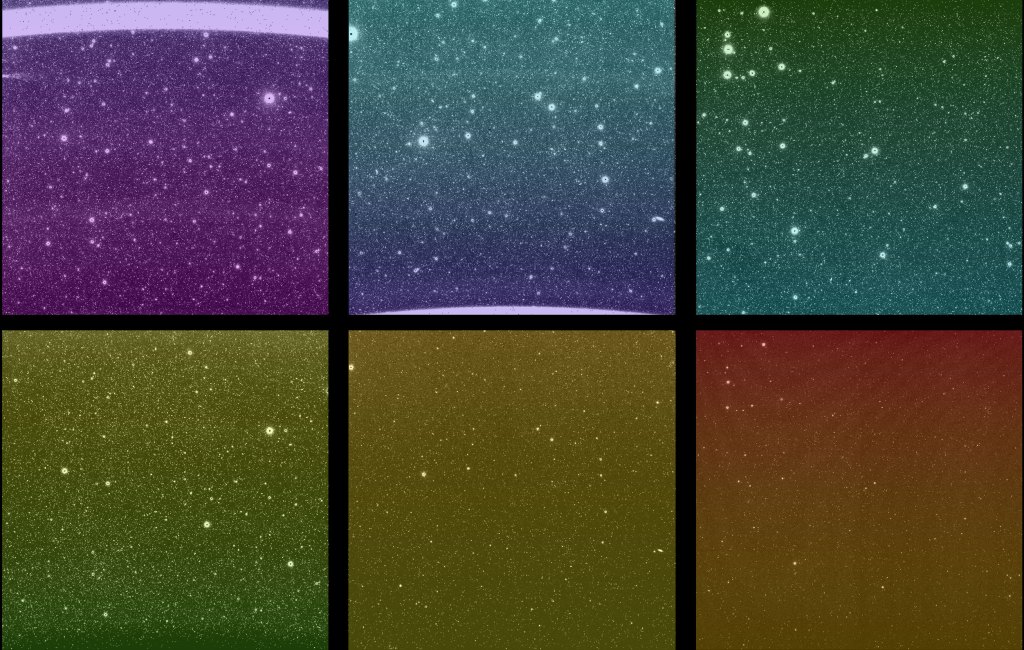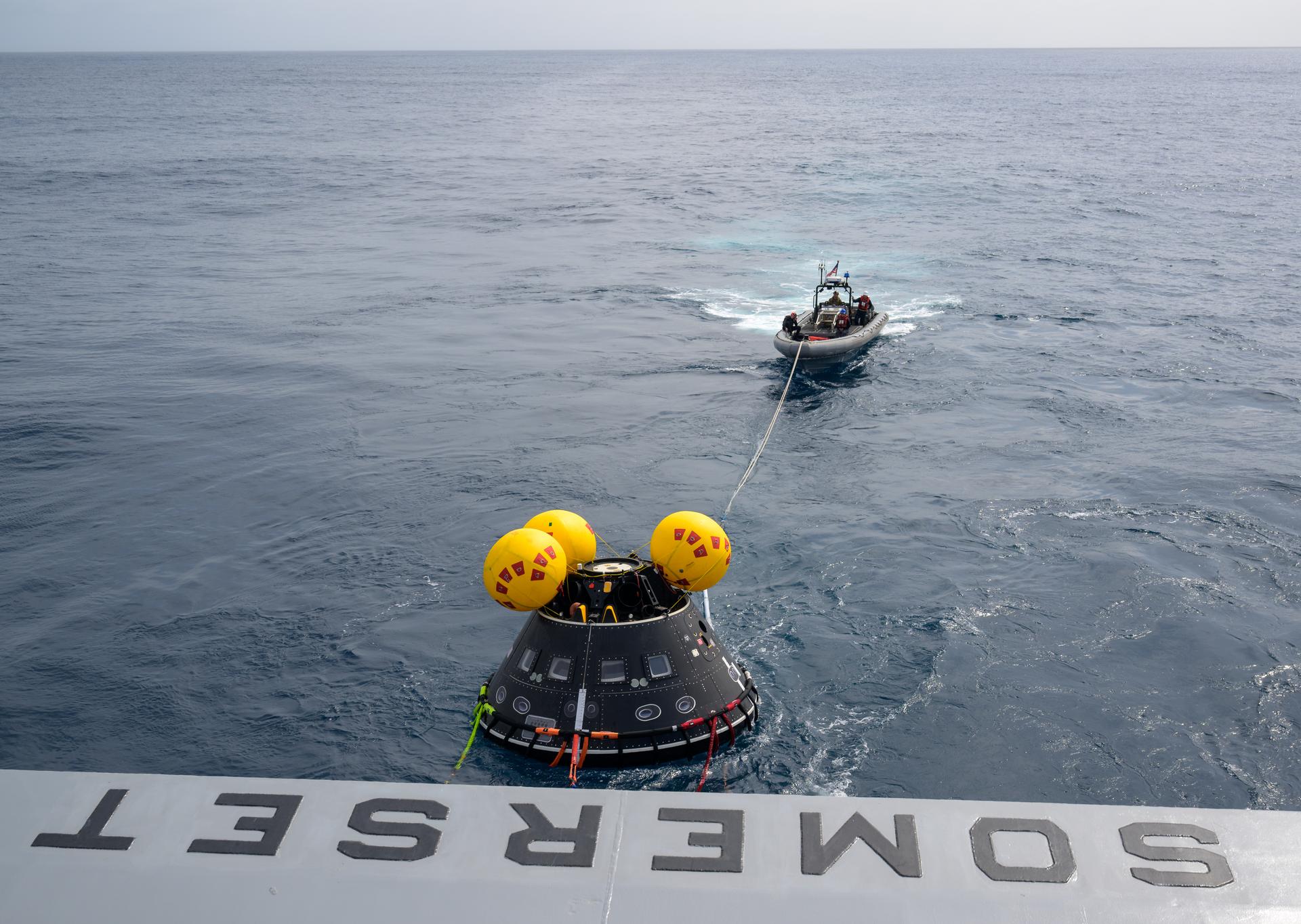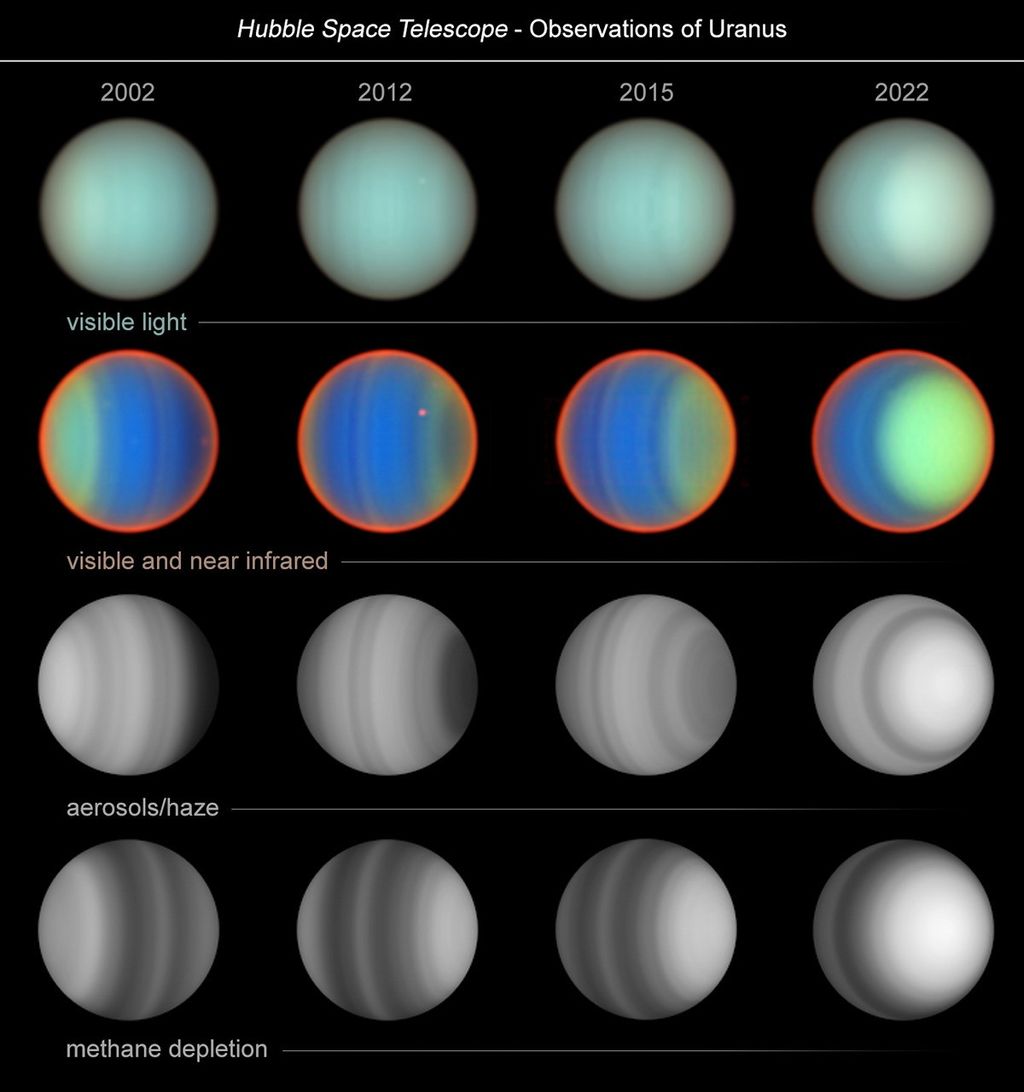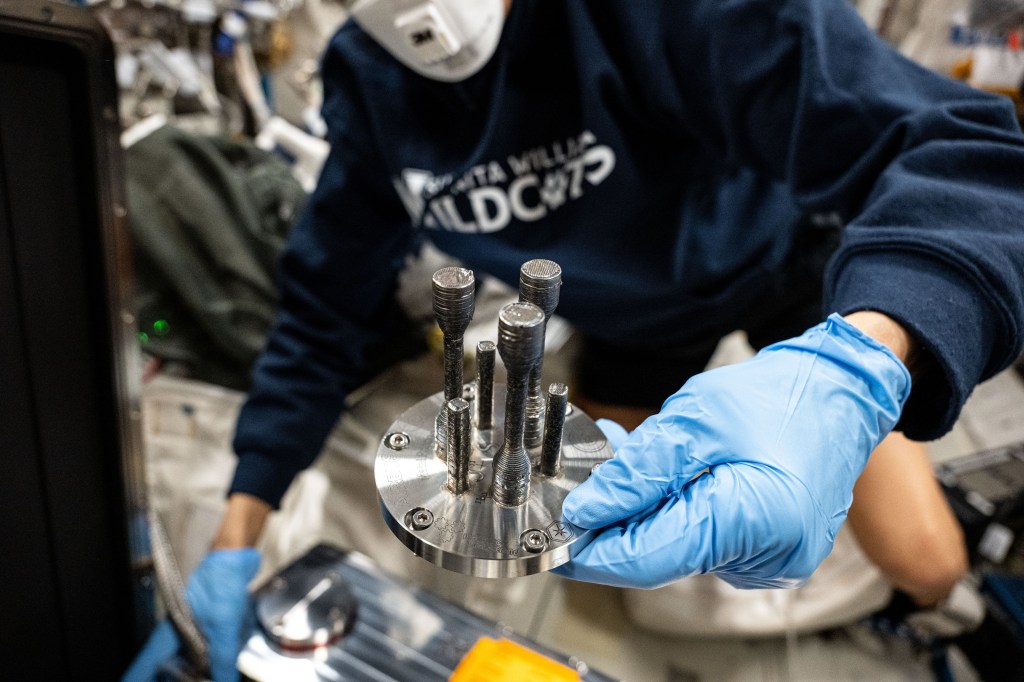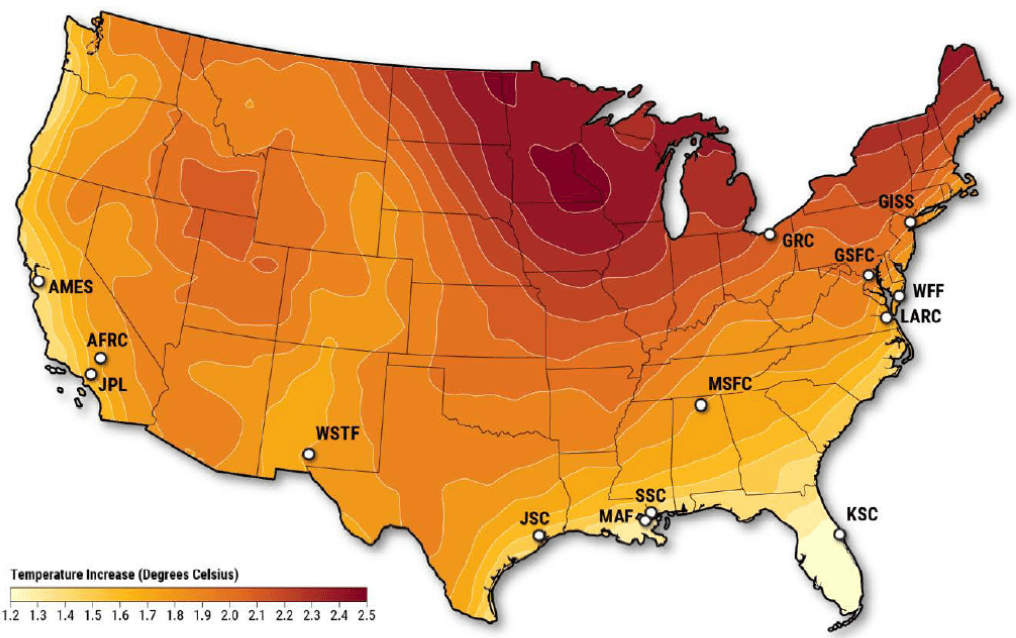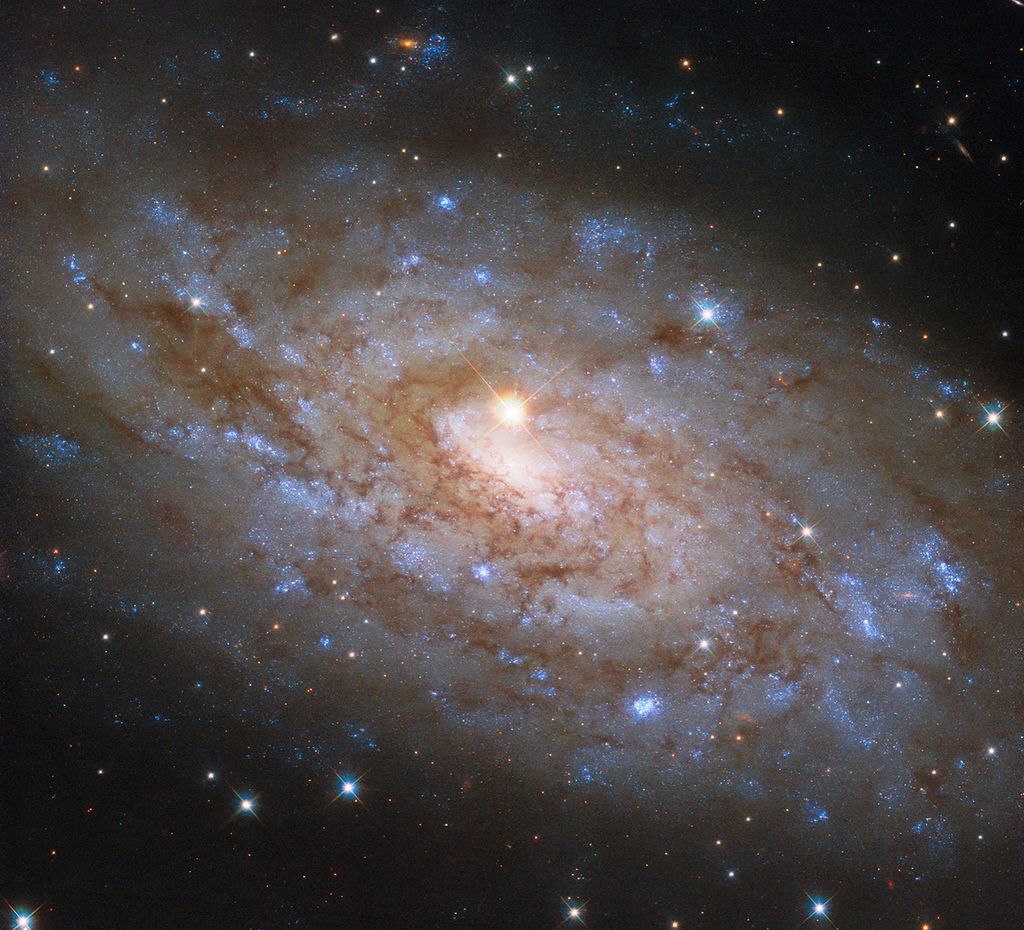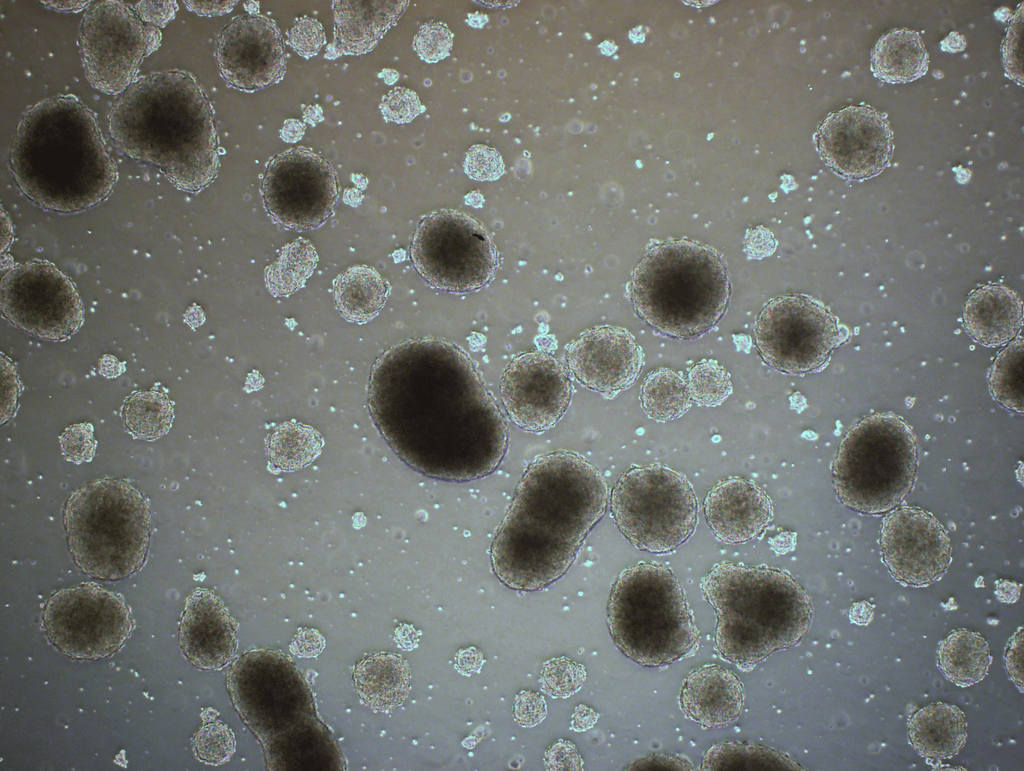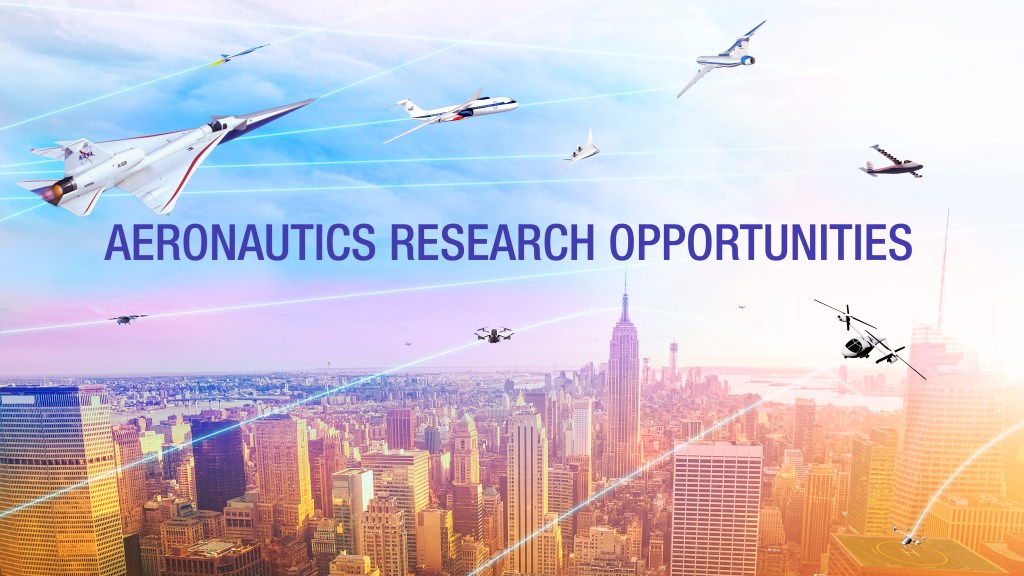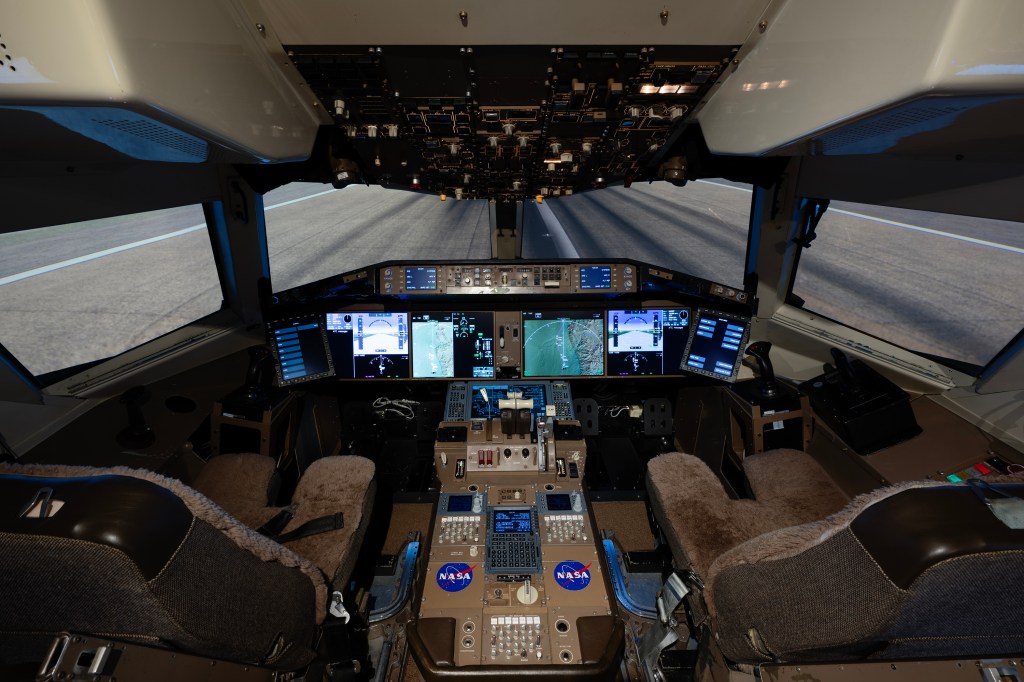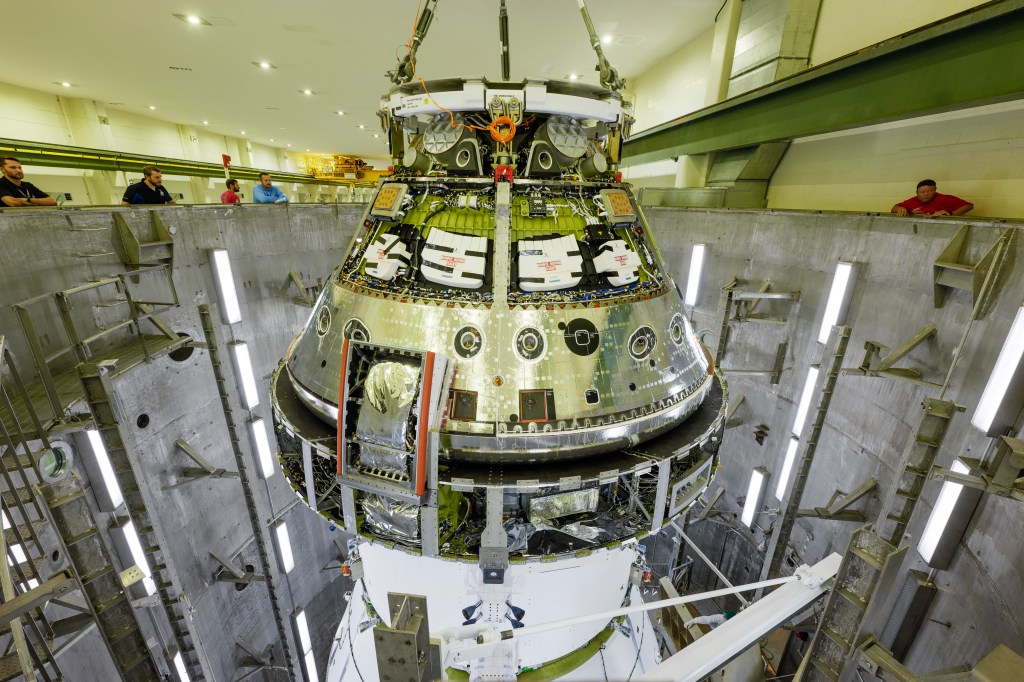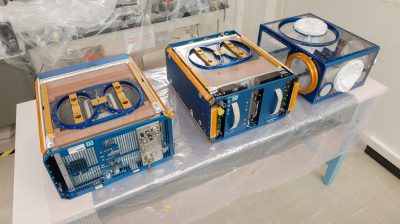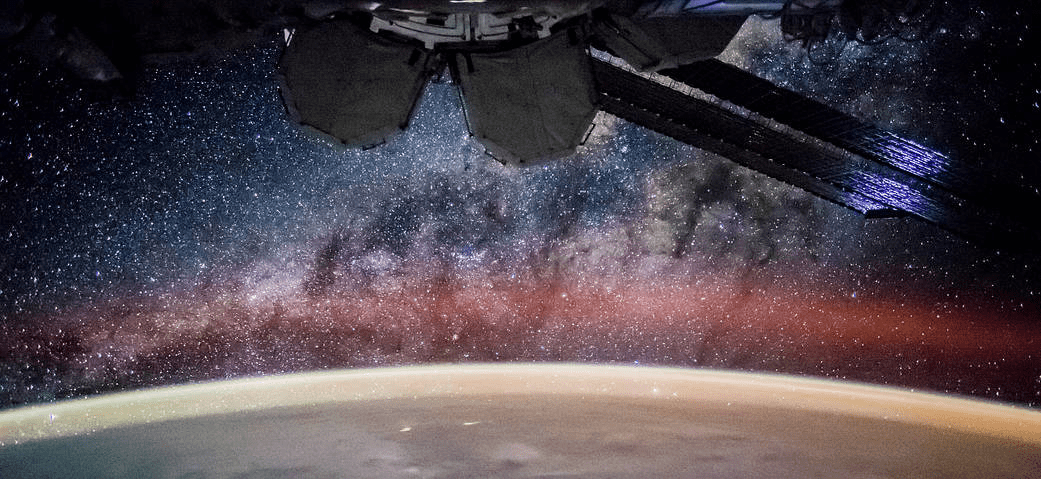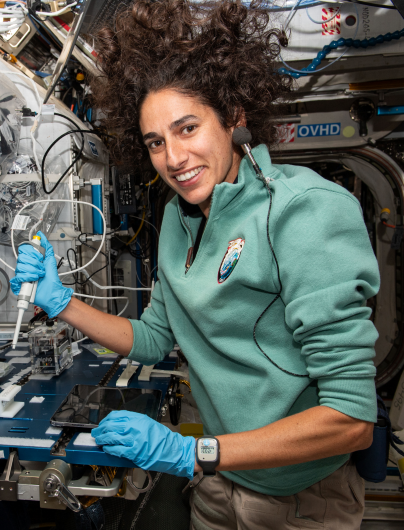Rodent Research-23 (SpaceX-21)
The Rodent Research-23 mission, or RR-23, is targeted to fly to the International Space Station aboard SpaceX’s 21st commercial resupply services launch. RR-23 will study the effects of spaceflight on the eyes, specifically on the structure and function of the arteries, veins, and lymphatic vessels that are needed to maintain vision.
Some astronauts who complete long-duration spaceflights experience Spaceflight-Associated Neuro-Ocular Syndrome, or SANS, a condition in which the eyes show physical changes, such as swelling, folding or flattening of different structures of the eye that can lead to decreased quality of near vision. These changes have the potential to affect the success of spaceflights to destinations like the Mars, which will be considerably longer missions than those attempted so far. The information gathered from RR-23 will inform scientists who are working to create effective countermeasures that will protect future astronauts from developing SANS.
For the RR-23 experiment, mice will be launched to the space station where they will be housed in the Rodent Research Hardware System for the full duration of the five-week mission. Upon return to Earth, the mice will be delivered to NASA’s Kennedy Space Center in Florida and then to Texas A&M University in College Station, Texas where teams of SANS and ocular vasculature experts will examine the eyes of the mice for changes caused by the time spent in weightlessness.
These findings, combined with several related studies, will create a more comprehensive understanding of the impacts of weightlessness on SANS during human spaceflight. New insights into SANS from this research are anticipated to shed light on vascular complications connected to eye diseases found in humans on Earth, such as diabetic macular edema which is a common problem for diabetics who have damage in the blood vessels due to increased pressure in the eye, and ocular hypertension, or high pressure in the eye. In this way, these findings will allow researchers to develop more advanced preventative care strategies and treatments for patients here on Earth.
Payload Developer: NASA’s Human Research Program
Human Research Program Project Manager: Ryan W. Schulte, Johnson Space Center
Principal Investigator: David Zawieja, Ph.D., Texas A&M University System
Co-Investigators: Pooneh Bagher, Ph.D., Texas A&M University System
Anatoliy Gashev, MD, Ph.D., Texas A&M University System
Travis Hein, Ph.D., Texas A&M University System
Stuart M. C. Lee, Ph.D., KBR
Brandon R. Macias, Ph.D., KBR
Steven S. Laurie, KBR
Scott H. Greenwald, KBR
Binu Tharakan, Ph.D., Scott & White Memorial Hospital

